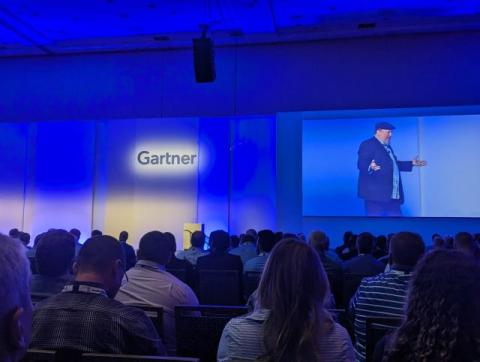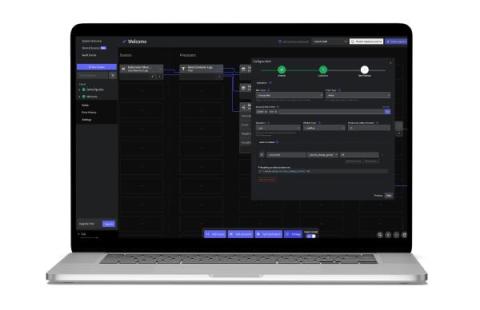A Recap of Gartner Security and Risk Summit: GenAI, Augmented Cybersecurity, Burnout
Last week, on June 3 -5, I attended the Gartner Security and Risk Summit in National Harbor, MD to learn about the latest trends and happenings in security. One thing was clear, artifical intelligence (AI) is the hot topic along with the growing cybersecurity staff shortage due to burnout and lack of talent.








